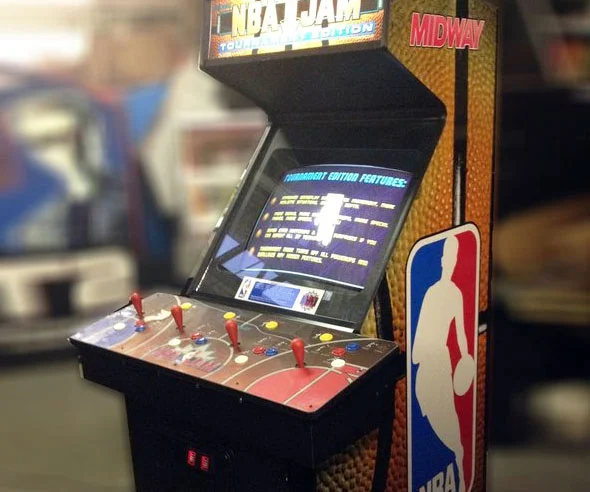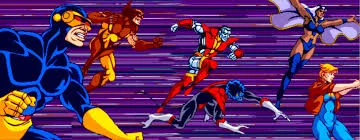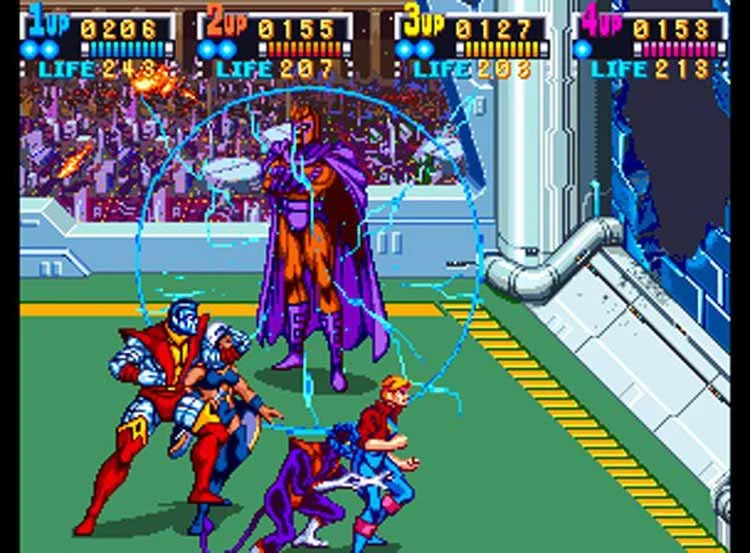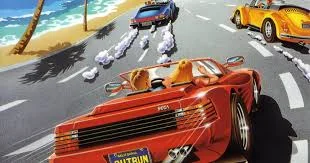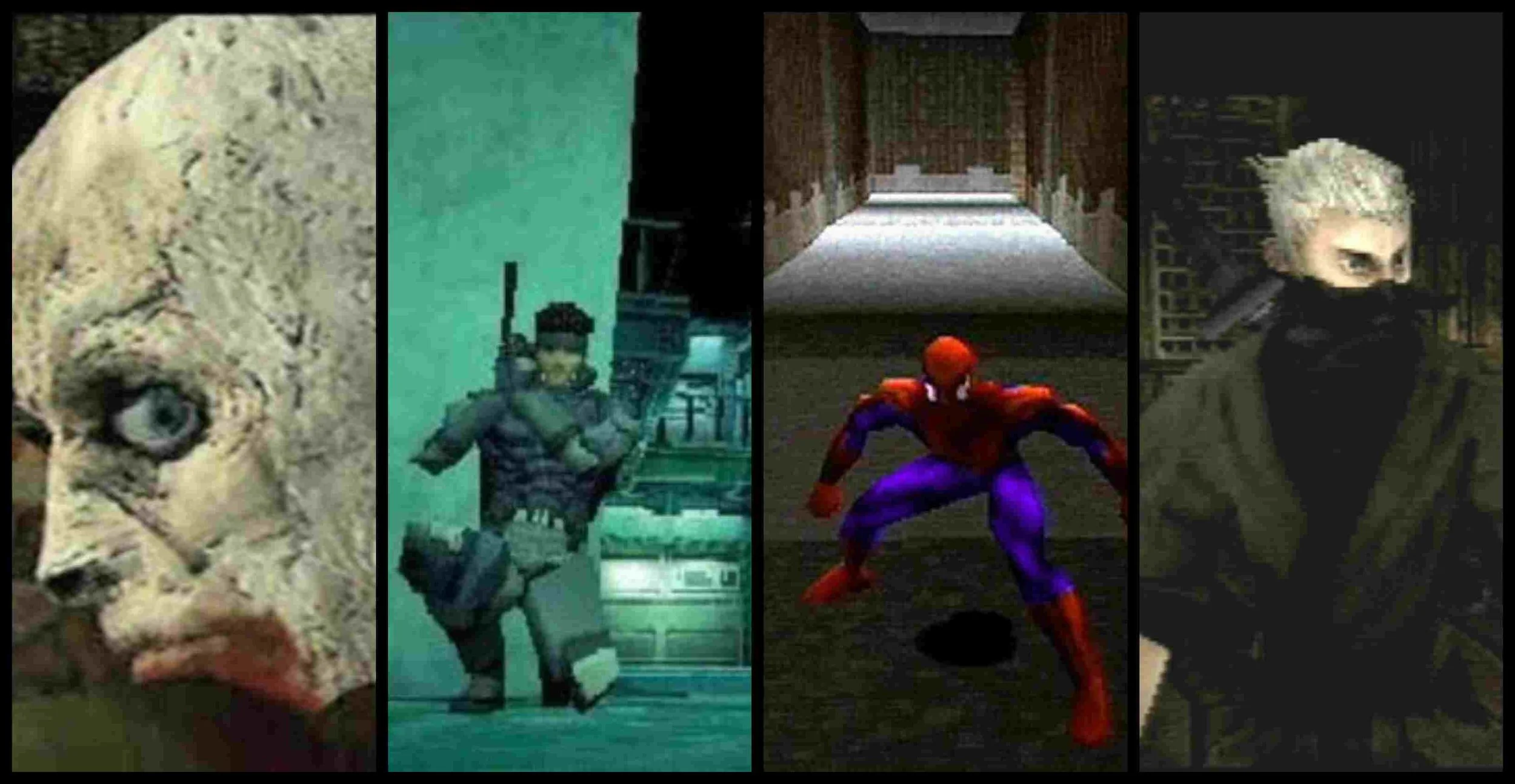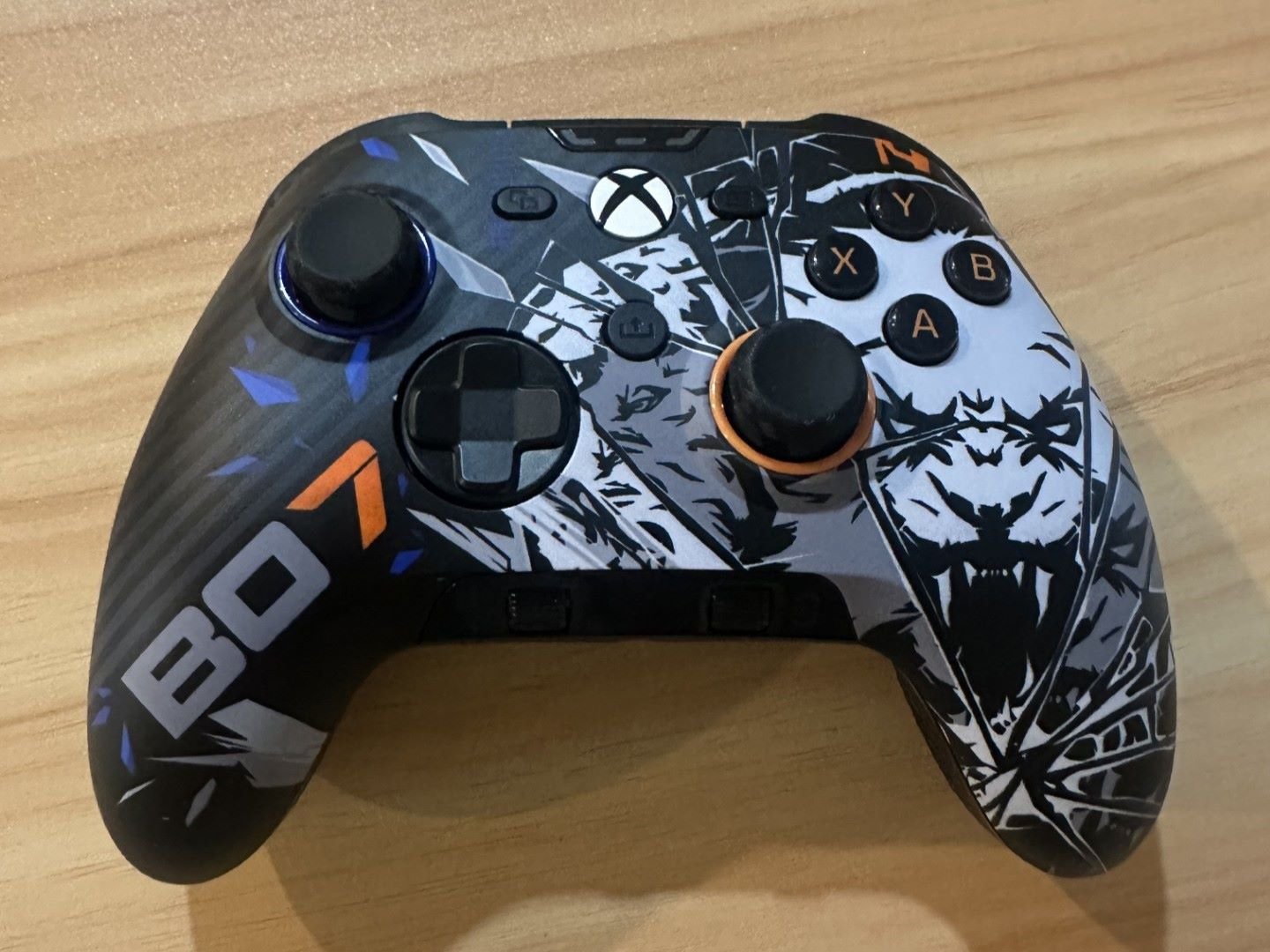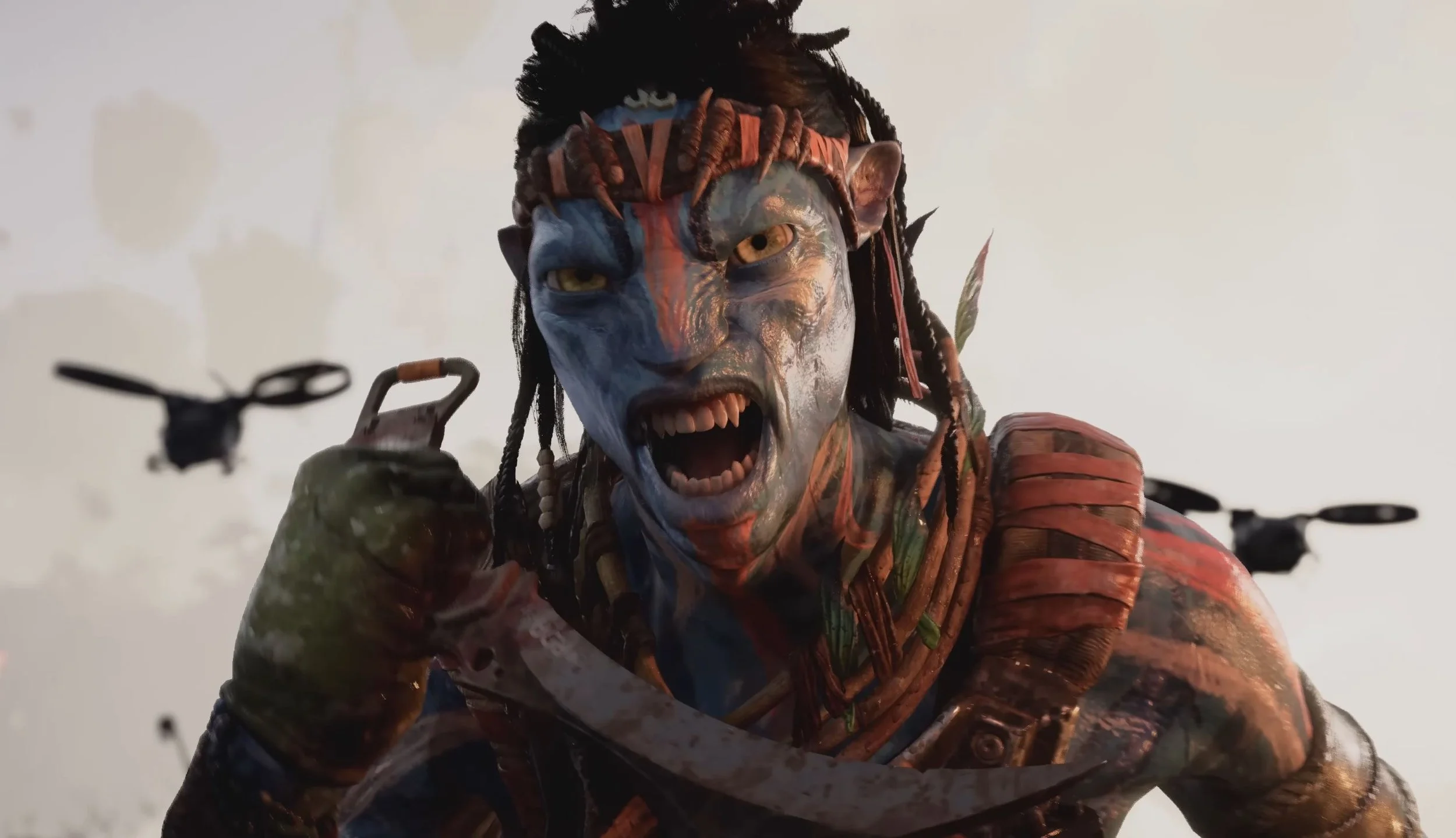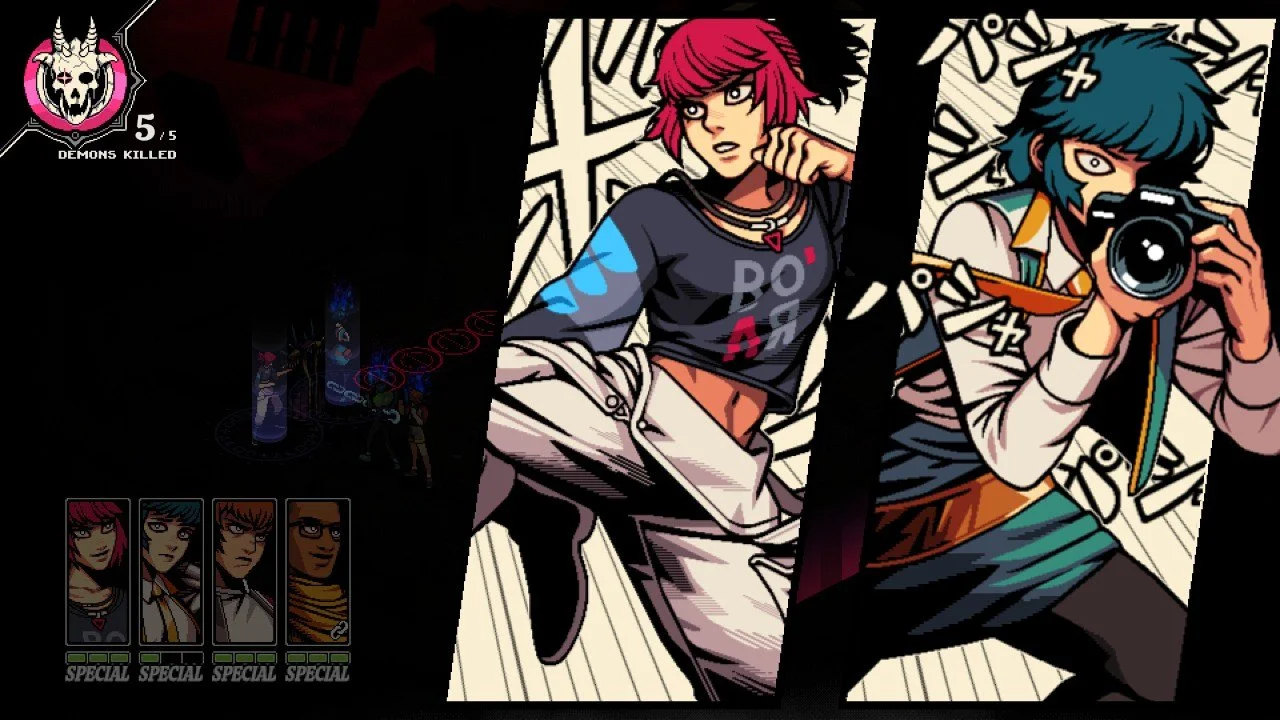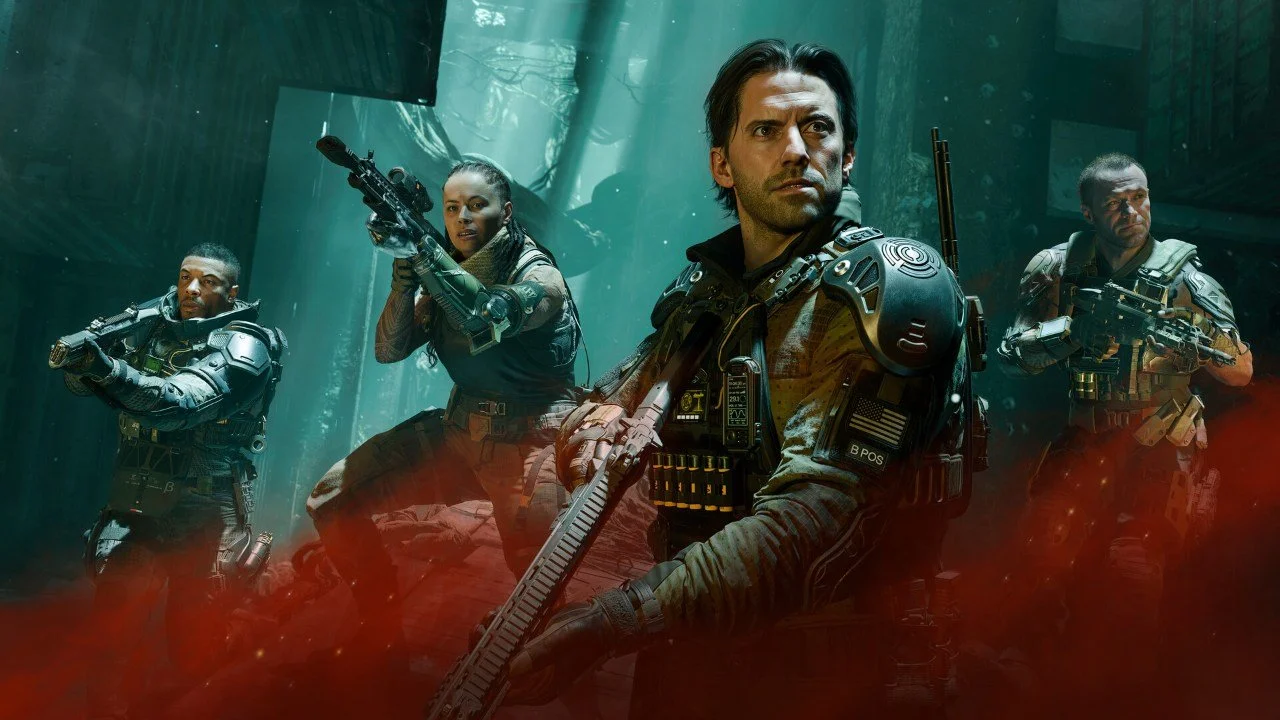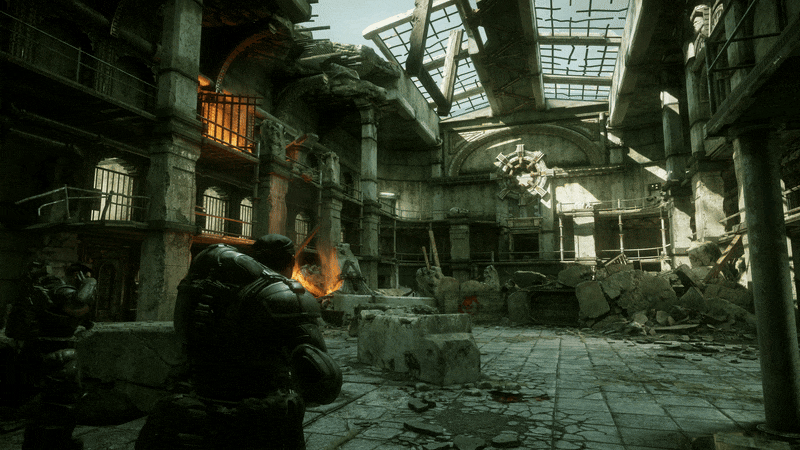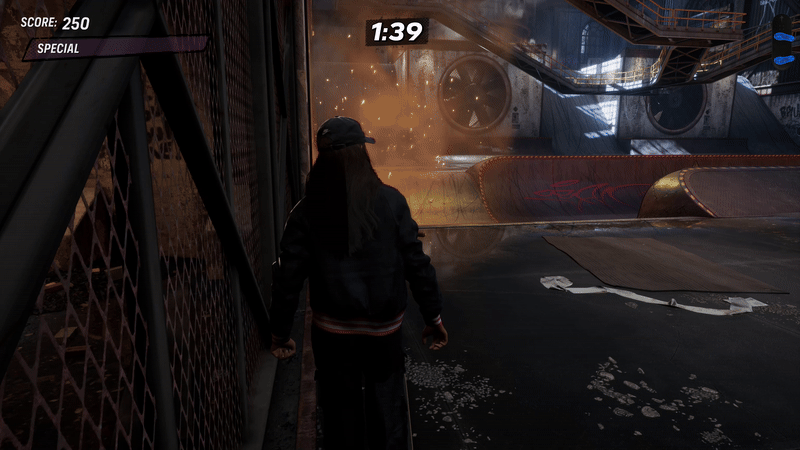I have always been a gamer, as far back as I can remember I’ve been fascinated by being able to control a character and lead them through a colourful, exciting experience – bringing satisfaction and a sense of achievement, which I had never experience before. Gaming for me is about experience, good games grasp that, epic titles transform that into a sublime experience of control, narrative craftsmanship and an emotionally driven experience.
The arcades of the 90’s brought those games to the masses, they were stocked with innovative, graphically superior games. To enter the arcade was to enter an arena, there was a palpable challenge, it was your skill versus the machine. The arcade was perhaps the truest and most nobliest concept of ‘Pay as you Play’, something that some publishing companies abuse today. Back then, as you entered this stage of flashing lights, ear-splitting noise, you put in your coinage and tried to complete the game with as few of those coins as possible. Then as you became more and more familiar with the games, it became about beating that high score, moving up the table – earning and gaining respect from those other gamers, individuals who you didn’t know except for their three-character monikers.
I can tell you honestly, I used to spend Saturday mornings in the local arcade, watching for the high scores to appear on the machines that I had played the previous week, sometimes comforted by the fact that I was still ahead, still near the top of that list and other times desperately fumbling in my pocket for loose change, desponded as my seemingly perfect run had been beaten since the week prior.
These were the days before LAN parties or truly competitive E-Sports, like these events, the local arcade was an intensely social place. Unlike gaming at home, you couldn’t hide away in a corner on your own clutching a control pad. This was a place where there were people, sometimes an endless sea of people – or so it seemed. Families bringing their kids for a treat, or having birthday parties, friends crowded around four player arcade cabinets playing co-op or competitively in the many one on one beat-em-ups that were popular in that era.
These are days which seem so precious now, probably because they will never be recaptured, gaming is a progressive hobby/obsession, the software and hardware more aggressive in the home console arena, where once you would visit the arcade to play the original game with it’s amazing
graphical quality intact – observing visual feats not possible if the title had been converted to the home system. Today’s systems more than equal anything produced in the heyday of the popularity of the Arcade machines.
But Arcade gaming hasn’t totally died, a few places exist in the UK and specialist venues like FunSpot in Florida still attract an incredible amount of attention. When holidaying in Florida – I made sure my friends and I spent at least half a day there, in cool air conditioned surroundings, placing my dollars in a wide variety of machines – some with peripherals which attempted to help immerse you fully into the game mechanic being offered, these were another genre staple of the arcade scene – the Light Gun Game.
It’s Japan where the Arcades truly continue to flourish however with new titles based on popular franchises such as Dissida, Final Fantasy and Pokken and a game which proved so popular that massive queues formed on it’s release – KanColle. Japan is of course where many of the corporate Arcade companies are based, game developers such as Sega, Namco, Taito and Capcom are already invested in Arcades as a business model and so churn out new titles each year.
Many of these Japanese companies started with developing Arcade machines, unlike most of the studios in the US who got their start on consoles or home computers and famous companies intrinsically connected with Arcades in the US, such as Midway and Atari, no longer exist. Japanese arcades also respond to trends, if an arcade is being visited by mostly families, then the games tend to be dedicated cabinets like racing games, drumming games and amusement rides. If the customers are slightly older, young adults for example, then the game selection is generally titles requiring more skill. For the adults coming to the arcades there might even be a section dedicated to retro games – nostalgia being a huge draw for anyone over the age of 25 demographically speaking.
To complete this small celebration of the Arcade’s contribution to gaming history, I want to highlight three games which were intensely popular in what my generation will fondly remember as the greatest of all video game arenas – The Arcade.
NBA Jam Tournament Edition
Published and developed by Midway, this licensed sports game hit the arcades in 1994, it was a stripped down version of the real life game with a focus on intense two on two action mechanic. Enabling the players to pull off crazy dunks, leaping twenty feet into the air and doing four front flips before slamming the ball home. The only rules that were strictly enforced by the game were goal tending and the shot clock.
Each quarter lasted three minutes and an average game could take roughly fifteen minutes making it just long enough so not to be tedious, but not short enough for players to feel cheated. The cabinet had a joystick and three buttons, one for passing, one for shots and a third to provide Turbo.
Turbo was the most important concept in NBA Jam’s game mechanic, holding down the Turbo button supercharges moves, passes are faster and slam dunks have the feeling that their power could smash the rims of the nets. With Turbo held down, a steal move becomes a more aggressive shove. The Turbo ability drains quite quickly, so you have to choose carefully when to use it in the game, this gives NBA Jam a nice feeling of strategic play rather than just a simple button masher. The one instance where you will be granted unlimited Turbo is if you score three times – this sets your player ‘on fire’ and is indicated by flames surrounding the ball when your player has control of it.
The Player sprites are incredibly well detailed for an arcade in the mid 90’s, the faces of the players are instantly recognisable for basketball fans and player height is taken into account – which makes choosing your team and player important strategically as well.
The audio boasts impressive in-game commentary from Tim Kitzrow, who takes great delight in enthusiastically shouting out the players names and brings a nice sense of exciting, authentic atmosphere to the game.
As you progress through the game, attempting to defeat all 27 teams on the roster, the game accurately keeps track of your statistics like overall record, wins, teams that you have chosen the most and most importantly, if you manage to defeat the game, you are recorded as an illustrious Grand Champion.
It’s a game I have fond memories of, I spent a lot of money on this cabinet with my friends and it’s loud attract modes and simple control mechanic made it instantly popular in my local arcade at the weekends.
X-Men Arcade
1992 was a fantastic year for the arcades, this was the year that the mighty X-Men cabinet was released. There were two versions of this available, the four player cabinet or the mind boggling six player option. There was no doubt that this game was designed for co-op and frantic, fist pounding, eye blasting, metal claw smashing fun.
There were many of these styles of games available, the 2D scrolling beat-em-up genre had reached it’s peak with the Teenage Mutant Ninja Turtles arcade and The Simpsons being incredibly popular choices, but it was the X-Men machine, with it’s beautiful cartoon story attract mode featuring a flying Magneto and a strong baritone voice over that stole my gaming heart.
The player can choose from one of six X-Men, it’s a full roster of classic heroes, Cyclops, Colossus, Wolverine, Storm, Nightcrawler and…Dazzler. Yeah, was never quite sure why Dazzler was put in there, and in my experience no one wanted to play as him.
The control mechanic is fairly simplistic, you have a punch button, a jump button and a button that lets you use your special mutant power move. I always found jumping to be fairly tricky and avoided the jump attacks as they never seemed particularly effective. One of the more novel moves in the game was the ability to be able to stomp your opponent when they were down on the floor. Some of my more skilled friends were able to pull of multiple combos and stylishly impressive backwards attacks. I have yet to master those abilities…fully.
The boss fights are impressive and enjoyable, featuring Pyro, Mystique, The Juggernaut and eventually Magneto himself. Each sprite is detailed and impressive, it does feel like you are playing through an issue of the X-Men comics.
This game was a must to play from comic book fans and for those who loved Action beat-em-ups. Every so often I still travel to my nearest arcade, over twenty miles away by the sea front, as they still have this title, and play it.
House of the Dead
I had to include one gun game title on the list, one of the most enjoyable aspects of visiting the arcades was being able to posture with big plastic guns and try and look cool while playing games. The House of the Dead was release by Sega to the unsuspecting public on the 13th September 1996. It’s B-Movie style plot and frantic co-op action made this an extremely popular title, so much so that there are now four main titles in the series and two spin off’s.
You follow the story of two agents who are attempting to find a scientist – Dr Roy Curien, he has reportedly learned the secret of how to reanimate the dead. In this plot inspired by the reanimator film series, grabbing your gun, you set off with your partner to battle swarms of undead ghouls, chainsaw wielding zombies, zombie frogs and mutant monkeys in order to take down Curien and his undead horde.
Each of the four stages on offer is action packed and offers multiple paths to follow, adding a great sense of replayability which was novel at the time. These branching corridors can be accessed by shooting hidden switches or saving research scientists from certain and grisly deaths by protecting them from the oncoming stinking zombie horde. In addition to this, if you save the scientists, you incur a much needed health boost and work towards unlocking the games true ending.
At the end of each stage you face a challenging boss battle, ranging from giant armoured foes and a massive spider and finally Dr Curien’s ultimate creation – The Magician. Each of these bosses offers a unique challenge and will test your skill and trigger finger.
This was a blast to play and featured a nice damage model for characters allowing you to literally carve shapes into your undead enemies with hot lead. Sega’s model 2 hardware (which was also used for such hits as Daytona USA and Virtua Fighter) also enabled a significant quantity of enemies to appear on screen without slow down.
This game is a real treat for fans of schlock horror and blasting evil zombies away by the side of a friend while attempting to look cool with a bright pink gun.
Reminiscing and Remembering the Legacy of the Arcades
Each of us have important memories about where our gaming history begins, for some it’s the 8-bit console era, for others it’s a relatively recent time – perhaps the rise of the 32 bit generation which saw massive leaps forwards with storage media and graphical quality. These are deeply personal moments and I believe, important to be shared. As a community, gamers have the power to draw powerful emotional moments from their personal history because of the experiences we have had playing video games.
For me, it’s been the sights, sounds and the overall busy atmosphere of the arcades, sometimes memory dulls, we can’t quite ‘see’ that clarity, that intensity that drew us into those buildings. But all it takes to be reminded of that time is to see a screenshot of the game, or perhaps, if we are lucky, get the chance to play it again and all those feelings are suddenly recaptured.
There’s nothing like gaming to do that.
So, I’d love to hear from your experiences of the Arcade, is there nearby? Do you remember going?, was it a family event? A hangout? What games did you play? I’m genuinely interested in finding out a little more about your gaming pasts.
There’s also a powerful legacy that the Arcades have given us, that’s competitive play in a social setting. For me the Arcade arena was the precursor of the popular E-Sporting venues present in contemporary gaming culture today. It was a competitive place, where you played against some of the best opponents and within that intense arena, proved yourself to your peers. It’s a place, that in the west is fading fast, but trust me, if you can find an arcade with some good games, it’s one of the best gaming days that you can have!

